TechRadar Verdict
The Canon PowerShot G5 X Mark II targeted at a specific set of users — those who need a dedicated camera and value portability a lot. It's a great starter camera for those who don't want to splurge on a DSLR. Having said that, Sony's RX100 series poses high competition to Canon's newest point-and-shoot. At Rs 64,995, it's not an easy sell for the masses.
Pros
- +
Great image quality
- +
Very compact yet sturdy
- +
24-120mm focal length
- +
Quick and easy UI
- +
4K video recording
Cons
- -
No 3.5mm mic input
- -
Expensive
- -
AF is slow
- -
Low-light performance
Why you can trust TechRadar
When it comes to cameras, especially for beginners and hobbyists, Canon has an unmatched reputation. The Canon PowerShot G5 X Mark II elevates the G5 family from a simple point-and-shoot for the masses to a more sophisticated compact camera package, making it one of the best Mark II upgrades the company has implemented in recent years.
However, it's not 2015 anymore, and point-and-shoots face even more competition from both sides, flagship smartphones with great computational photography on one end and the new breed of budget DSLRs and Mirrorless cameras on the other. For Rs 64,995, which is equivalent to high-end smartphones, here’s how the Canon PowerShot G5 X Mark II stacks up.
Specifications

Sensor: 20.1MP, 1-inch CMOS
Lens: 24-120mm f/1.8-2.8 (2.7x crop)
Screen: 3-inch LCD touchscreen
Viewfinder: 0.39-inch EVF
Continuous shooting: 20fps one shot AF; 8fps with AF; 30fps in raw burst mode
Movies: 4K (UHD), 1080p60
Battery life: Approx. 200 shots
The Canon G5 X II is significantly smaller than a conventional DSLR with an APS-C sensor. This tiny package houses a 20.1MP 1-inch CMOS image sensor, which is typically what we find in compact cameras. It gives it a crop factor of 2.7x in comparison to full-frame DSLRs.
It has a focal length of 8.8-44mm, or the full-frame equivalent of 24-120mm, covering a good chunk of the wide to telephoto spectrum. The aperture starts at f/1.8 (at 24mm) and goes down to f/2.8 at the max optical zoom of 5x (at 120mm). The lens is also stabilized.
The most significant upgrade comes with the DIGIC 8 image processor, which is Canon’s latest engine and gives this camera fast shooting capabilities as well as the ability to record in 4K.
Physical overview

There’s a 3-inch articulating LCD on the Canon PowerShot G5 X Mark II that can flip up by 180-degrees and downwards by 45. For bright conditions where this display may not suffice, there’s also an electronic viewfinder. It is a 2-stage EVF which needs to be popped up and pulled out, and turns on when it detects your eye-getting close to it.
As mentioned earlier, it’s tiny and can easily fit in your pocket. The front has a subtle rubbery finish with a slightly protruding grip that helps with the ergonomics. Yes, it's not big enough to accommodate all four fingers, but for a camera this petite, it gets the job done reasonably well.
Sign up for breaking news, reviews, opinion, top tech deals, and more.
All the controls and dials are located on the top of the camera, including the power button, zoom slider, flash toggle, and the EV compensation ring. The ring is ridged and has ample stops for accurate mode toggling. The EVF and the flash module also reside on the top.

For anyone who's used a Canon camera earlier, these modes will seem pretty familiar: manual photo, manual video, shutter speed priority, aperture priority, programmed auto, creative filters, and SCN.
The back is predominantly occupied by the display, with some function keys on the right.
User experience
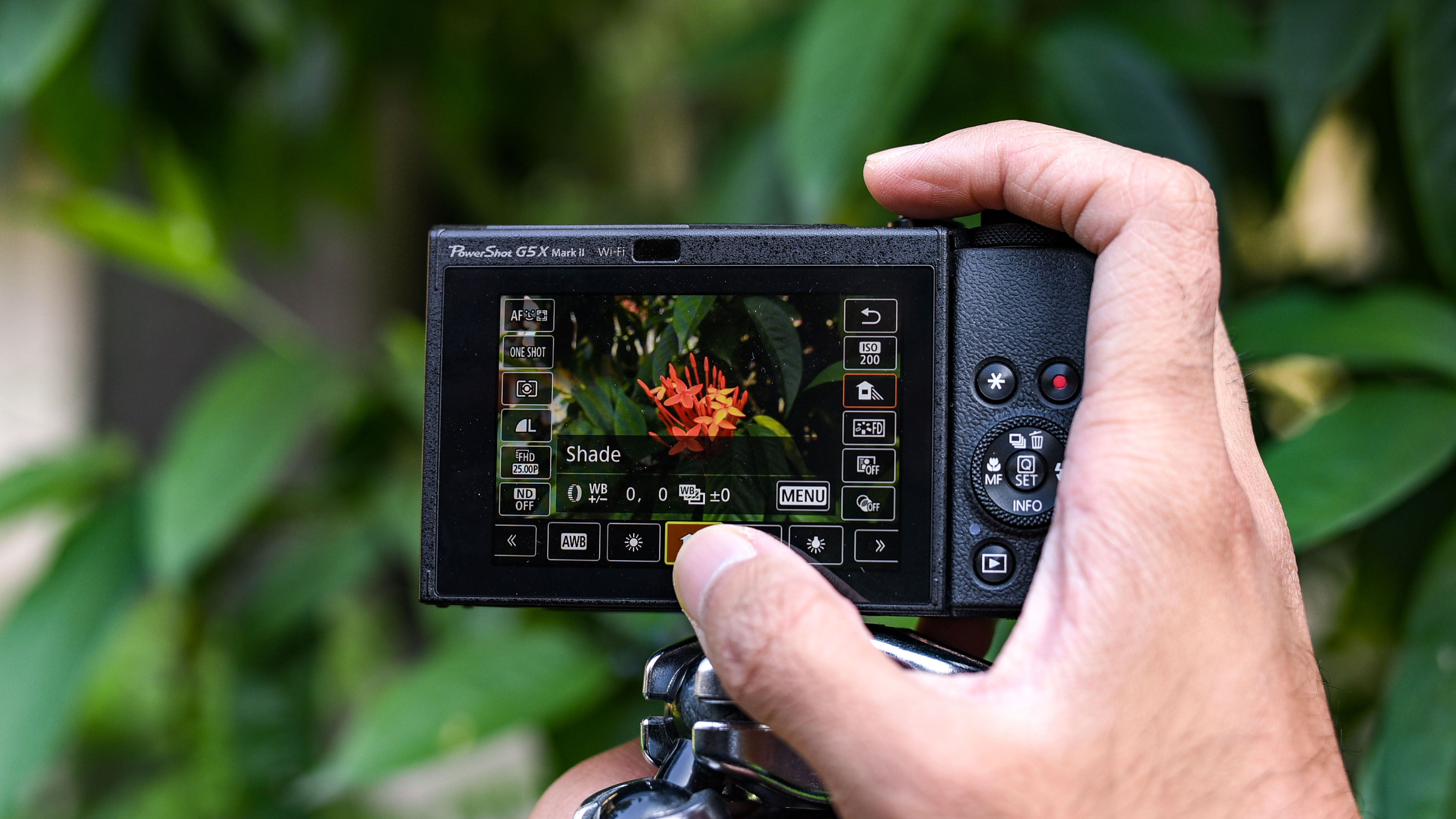
One of the reasons why so many first-time camera owners splurge on a Canon is the ease of use. Cameras can get pretty tricky, yet Canon's user interface always seems streamlined and easy to navigate through, whereas the competition can often scare users.
Add the fact that all of the image settings can be changed by using the touchscreen, and the effects are displayed in real-time, makes the experience that much more straightforward. The exposure triangle controls are displayed directly on the viewfinder, and more granular settings can be viewed by hitting the "Q" button.
Similarly, focusing is also a breeze thanks to the tap to focus functionality. The face+object tracking use likely to be the most used mode, which, as the name suggests, locks on to the subject and will continuously adjust the focus according to its movement. Its tracking was perfect for the most part, and so was the locking. However, the AF is only contrast-based with 31 points, and hence can struggle in less than ideal conditions such as dark environments. Canon's excellent dual-pixel AF was thoroughly missed.
This problem gets further aggravated once you realize that the G5 X Mark II does not have a physical ring for manual focusing. There's one software slider that can be used in select modes, but it's not very granular or intuitive. The ring around the lens is for aperture control. It feels a little hollow, but at least there are clicks at the increments.
Overall, the camera is designed for those who want to have minimal unnecessary interactions with their device, epitomizing the point-and-shoot mantra.
Shooting with the G5 X Mark II

On paper, the 24-120 f/1.8-2.8 seemed like a versatile range, covering the entire spectrum from wide to telephoto with a respectable aperture. However, the limitations brought by a 1-inch sensor become evident quickly, especially in aspects such as depth of field and noise levels. Having said that, there are no cameras this compact with a sensor more prominent than the Canon PowerShot G5 X Mark II's.
The image quality is unsurprisingly pretty good, thanks to Canon's color science and image processing. To gain further control over the image, you can also shoot in Raw. The DIGIC 8 processor also supports CR3 image capture, which is a newer format of Raw images at a smaller size.
One of the main reasons why we recommend Canon cameras to beginners and enthusiasts is how easy to use they are. All the settings can be accessed from one place, tap to focus makes it very intuitive, the display is very slim and offers a high degree of movement on both sides. These add up to become quick to use a camera, which can be the difference between getting the shot and missing it.
Talking about focus, you can choose between face tracking, spot AF and one-point AF. All of them work serviceably well, but there are instances when the camera would unnecessarily struggle to lock on. It would get further amplified in dark scenarios. Canon’s decision to skimp out on dual-pixel AF is a big letdown, especially if you plan on using it for run-and-gun shooting.
In terms of battery life, we were able to get around 200 shots per charge, which is about average, but way lower than DSLRs. The camera can be charged via the USB Type-C connector, as well. The included charger cradle is also pretty small and takes a little over an hour to completely charge.
Image quality

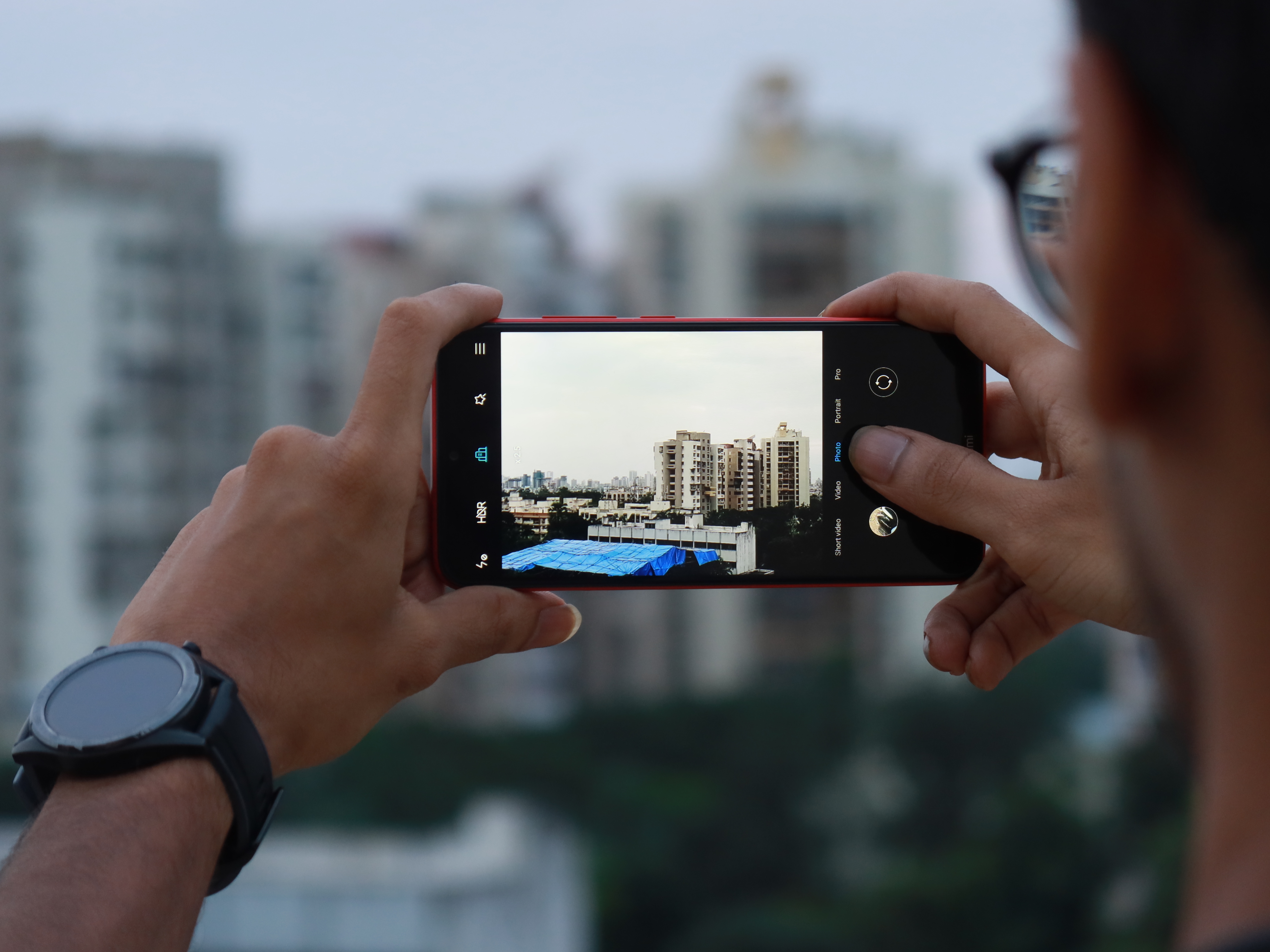





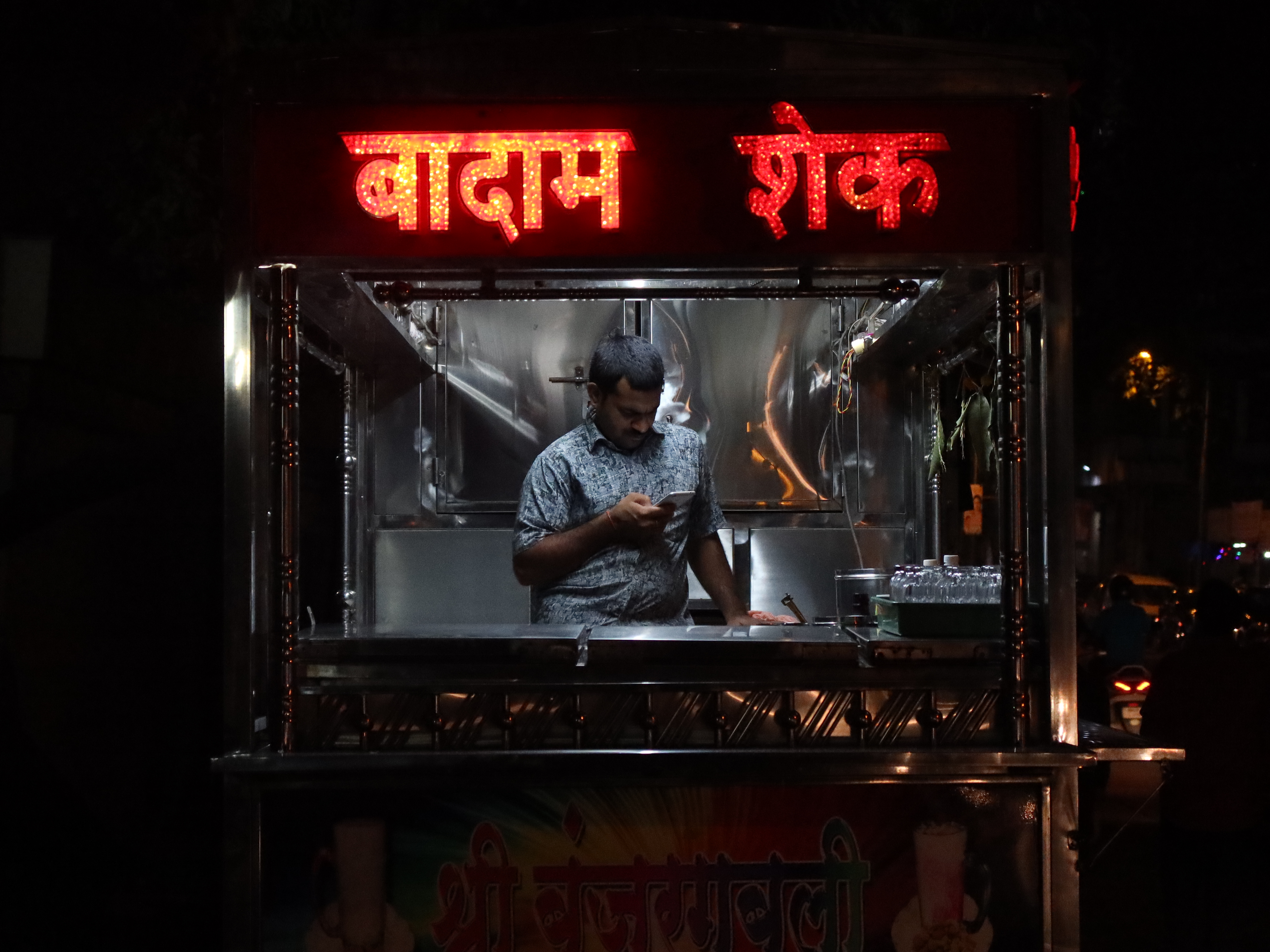

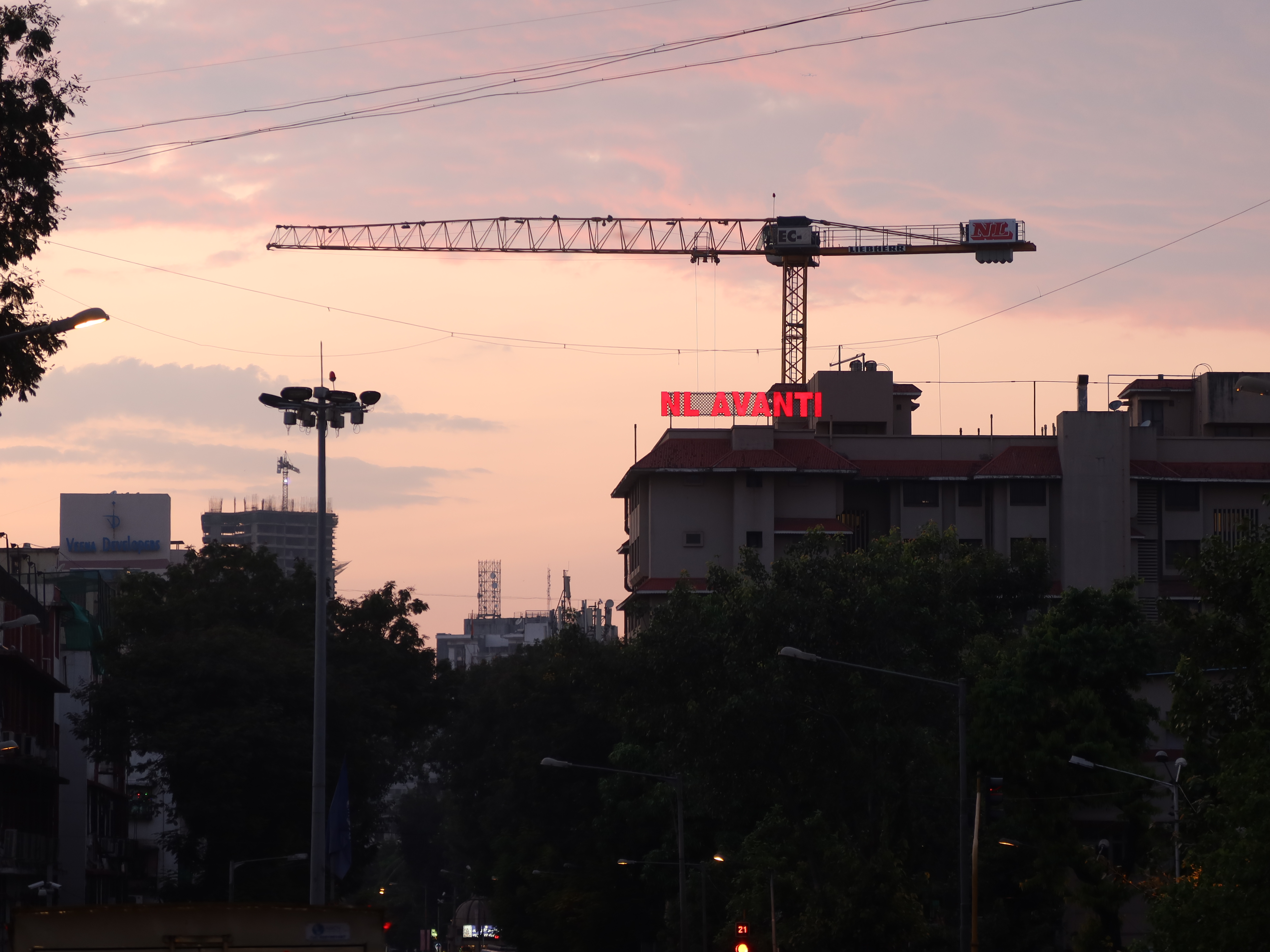
This is where the Canon G5 X II shines, bringing all of their expertise to this compact form-factor. It would be fair to say that it punches above its weight in some scenarios when compared to a DSLR with a kit lens.
The image metering for light works as one would expect, controlling the balance between highlights and shadows, which can be further improved in post. In challenging situations, we’d still recommend exposing for the highlights and then adjusting the shadows for the best image, as highlights can get clipped. Exposure compensation does help here.
While an f/1.8 aperture is pretty exciting, it needs to be noted that on a 1-inch sensor, the depth of field will not be as high as on bigger cameras. At the widest aperture, the image does get a little soft too. For best results, cut down the aperture by a couple of stops for improved sharpness and contrast. Chromatic aberration is also visible while shooting wide open, especially if there are too many light sources in the frame, so that’s another reason to go down on the aperture.
Similarly, noise performance is somewhat decent, too, with grains starting to creep in around ISO 800 and way more visible above 1,000. ISO can be increased at intermediate stops as well for better control over the image, a feature that is lacking on a lot of budget Canon cameras. There is an inbuilt noise reduction feature, but that comes at the cost of detail, so be careful while cranking that up.
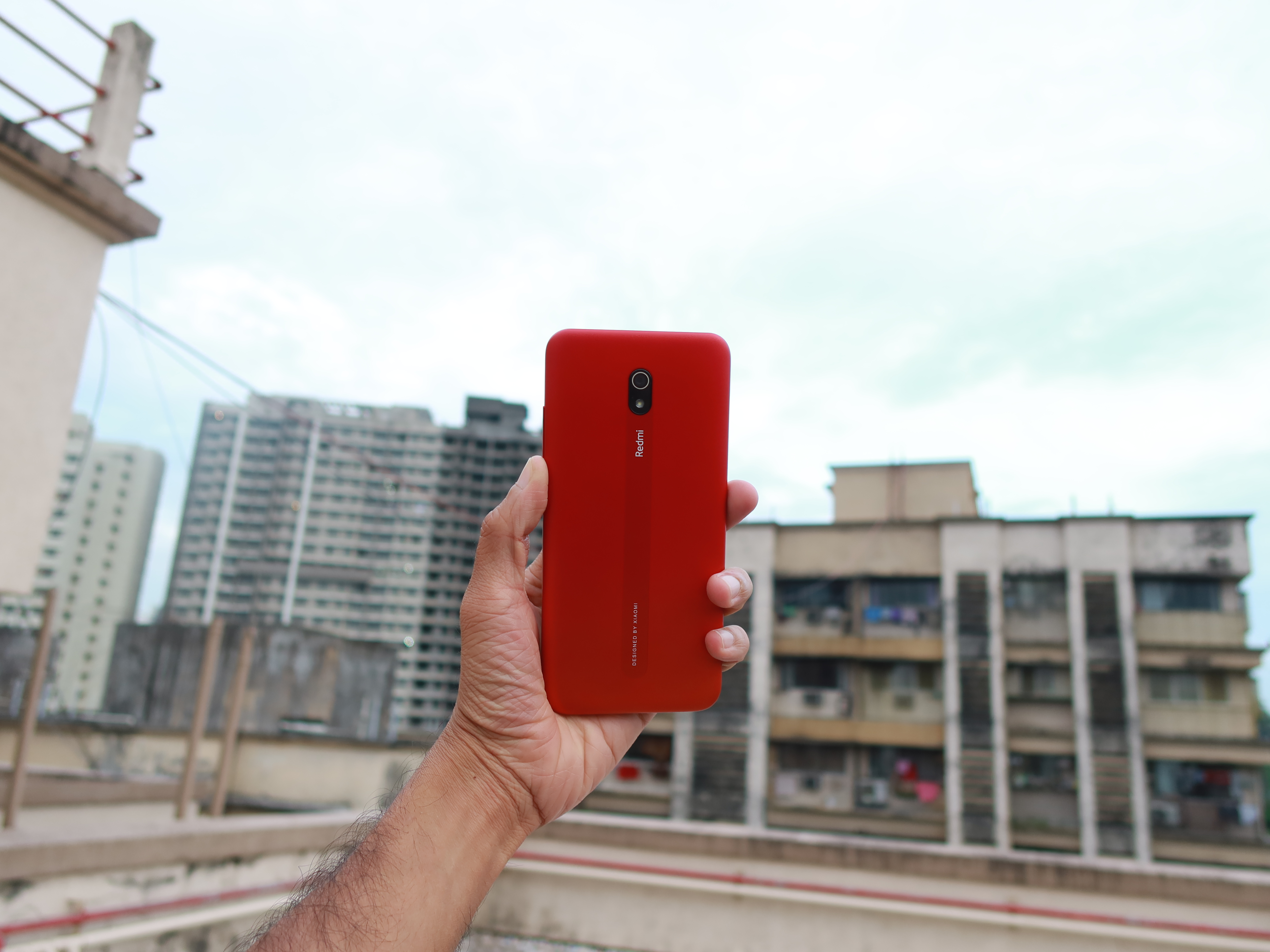




Video quality
We think vloggers are a big part of G5 X’s target audience, and thus, video performance is still an important aspect to be considered. It can shoot at a 4K UHD resolution at 30fps, which is not a common sighting in cameras at this price. However, the image is just marginally better than the FHD one. Details and sharpness could have been better.
Video stabilization, on the other hand, is beautiful, getting rid of a lot of walking jerks without any jello effect. Unfortunately, there’s no mic input or Hotshoe mount, so the onboard audio capture is all you get. Thankfully, it’s not bad at all.
For shooting in bright scenarios, the G5X Mark II also has an inbuilt ND filter so you can continue shooting at wide apertures. Its intensity can’t be changed, but it always chose the correct stop, so no issues there either.
Verdict
As mentioned earlier, the Canon PowerShot G5 X Mark II is meant for very specific people who know exactly what they are looking for from a camera. If portability, a lot of control over the image, and quick shooting are high on your list, the price tag of Rs 65K might be worth it. Video performance in low light starts falling apart rather quickly, which is a strong point of its immediate rival, the Sony RX100 series, while also bringing better autofocus.
If the size is not a significant constraint, you can also consider getting the Canon EOS 200D Mark II, which has all of these features on a much bigger image sensor, dual-pixel AF, and a lot more scope for customizability, while costing the same.
- Sony Cyber-shot RX100 V review (same price range)
- Canon EOS 200D II review
- Best budget beginner cameras for 2019

Aakash is the engine that keeps TechRadar India running, using his experience and ideas to help consumers get to the right products via reviews, buying guides and explainers. Apart from phones, computers and cameras, he is obsessed with electric vehicles.
